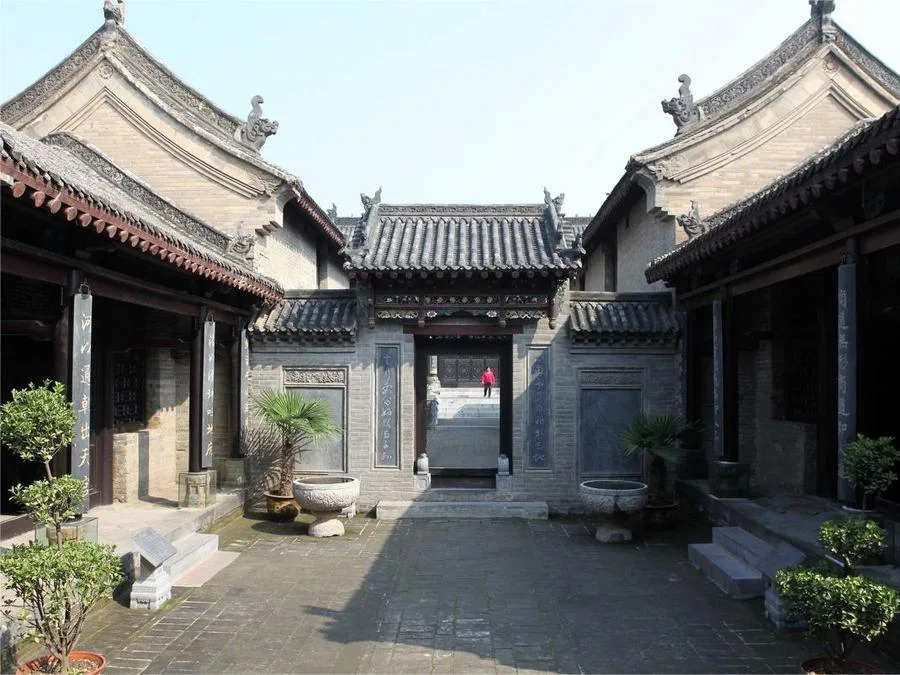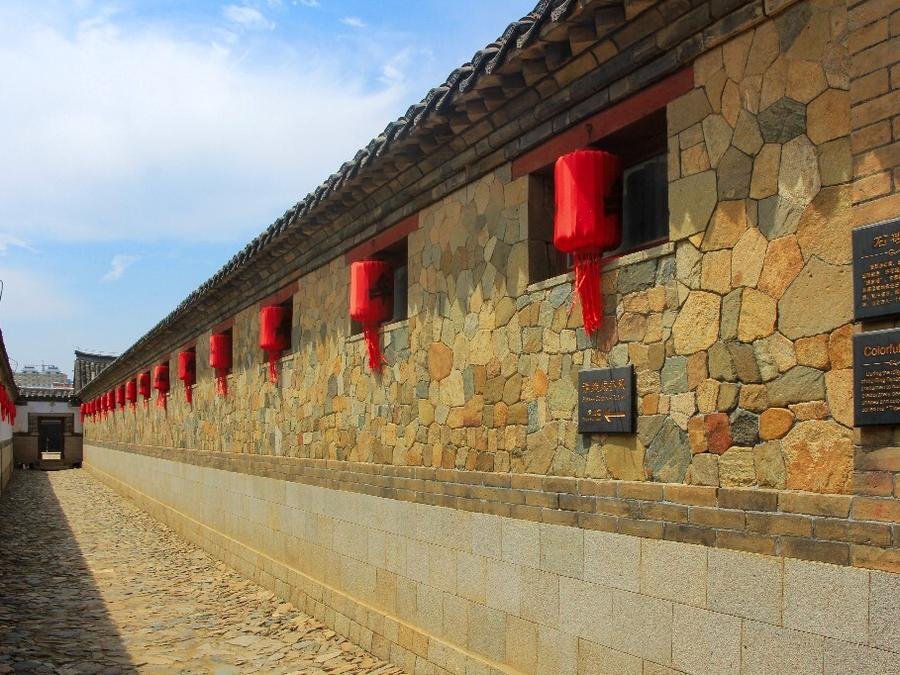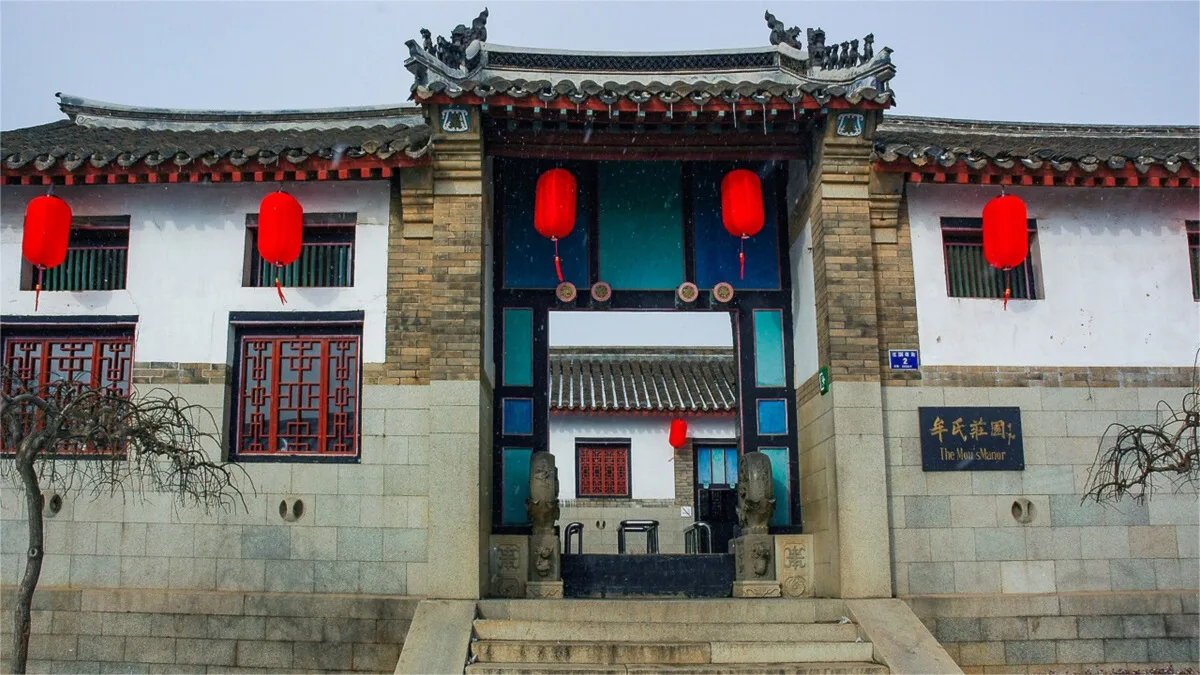Mu’s Manor (牟氏庄园, Mu Family’s Mansion) is a grand and historically significant estate in northern China, located in the Jiaodong Peninsula. Construction of this expansive manor began in the first year of the Yongzheng reign in the Qing Dynasty (1723) and was substantially completed by the 24th year of the Republic of China (1935). This manor served as the residence of the Mu family, a wealthy and influential landowner family, for several generations. It is regarded as the largest and most well-preserved feudal landlord manor in China, embodying the cultural and architectural heritage of the region.
Mu’s Manor was home to over 5,500 rooms and spanned more than 60,000 mu (approximately 40 square kilometers) of land at its peak. Today, 480 rooms and halls remain, covering an area of more than 20,000 square meters. The manor is often referred to as the “Jiaodong Folk Museum” and the little “Forbidden City” due to its extensive and well-preserved representation of traditional Chinese architecture and culture. The manor’s sheer scale and intricate design showcase the affluence and status of the Mu family during the Qing Dynasty and the Republic era.
Table of Contents
Baisc Information
| Estimated Length of Tour | 2 hours |
| Ticket Price | 60 RMB |
| Opening Hours | 8.00 – 17.30 (1st May – 30th September) 8.00 – 17.00 (1st October – 30th April) |
| Telephone Number | 0086-0535-5228372 0086-0535-5211694 |
Location and Transportation
Mu’s Manor is located at 6 Zhuangyuan South Street, Xiaguang Road, Qixia City, Yantai, Shandong Province. To get there, you can choose one of the following ways:
By Bus: Take Bus No. 6 and get off at the Mu’s Manor Station (牟氏庄园站).
By Tourist Bus: Use the direct tourist bus service from the Yantai Tourism Distribution Center to Qixia.
Highlights of Mu’s Manor
Architectural Layout

Nestled amidst picturesque surroundings with mountains and rivers, Mu’s Manor is oriented southward, presenting a grand and imposing presence. The architectural design is centered around a main axis, with all buildings arranged along this line. The layout is divided into three main groups of six courtyards, each varying from one to four courtyards deep, connected by central doors. Side corridors link these groups, creating a cohesive and orderly structure.
The manor’s main gate stands at the center, flanked by symmetrical wings forming traditional four-sided courtyards. Each of the six main courtyards is self-contained and named: “East Zhonglai,” “West Zhonglai,” “Rixin Hall,” “Baoshan Hall,” “Shigu Hall,” and “South Zhonglai.” These courtyards, ranging from four to seven sections deep, align along the north-south axis, forming a systematic and orderly architectural ensemble typical of northern Chinese residential complexes.
Architectural Features

Mu’s Manor’s buildings predominantly feature two-story structures adorned with intricately carved beams, painted pillars, flower-patterned windows, and vivid relief sculptures. The colorful “tiger-skin walls” are particularly noteworthy, constructed from river stones of varying shapes and hues. These walls are decorated with exquisite patterns like the “Lotus Flower in Coin Design” and “Lotus Born Noble Child,” exemplifying the finest aspects of Chinese architectural art.


